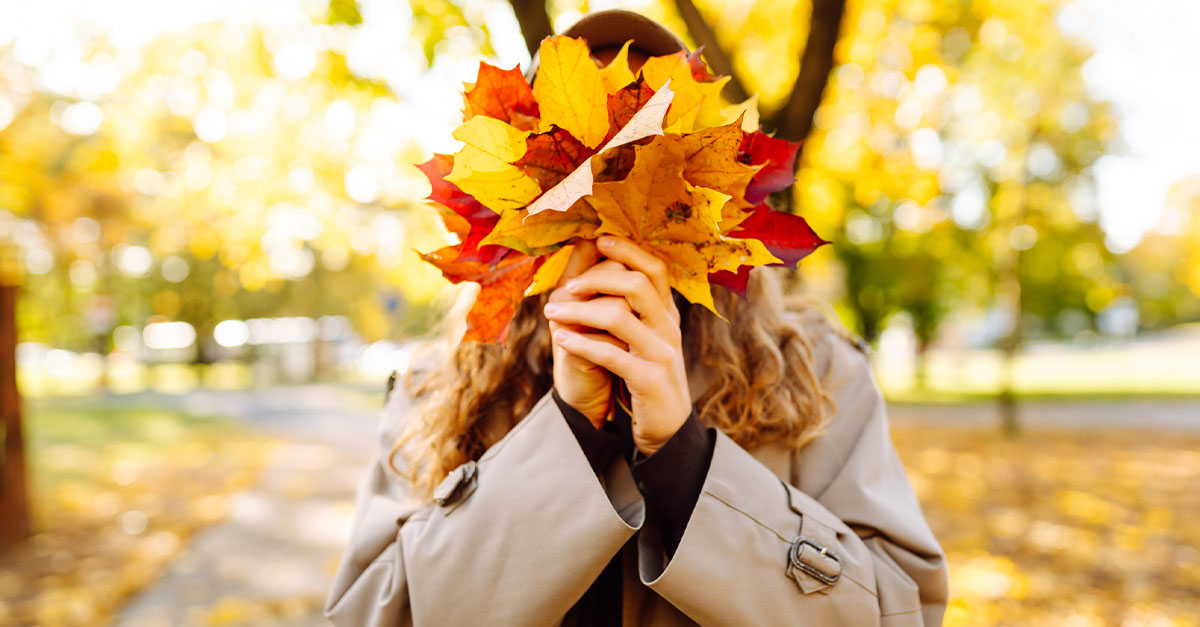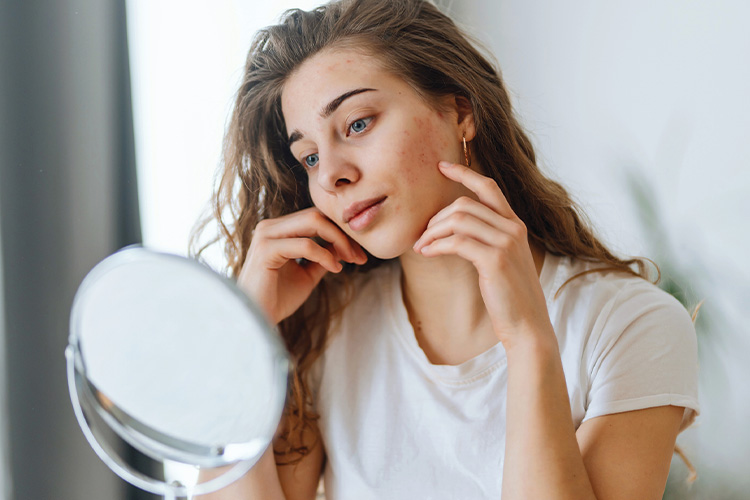When fall arrives, do you find yourself wrestling with rashes, itchy skin, or eczema? If so, it’s likely due to seasonal allergens. Don’t hesitate to reach for the experts at Olansky Dermatology & Aesthetics, who can help you navigate a potentially aggravating autumn. In the meantime, consider this guide when facing fall skin allergies.
Common Fall Skin Allergy Triggers
Several culprits are responsible for triggering fall allergies. Ragweed pollen, produced by the ragweed plant, peaks in the fall and becomes airborne, sneaking into the nasal passages of many. Mold spores, often found in basements and among damp leaves, can be challenging in the fall because cooler temperatures allow mold to grow and thrive. And since people are spending more time indoors, dust mite allergens become more concentrated and problematic.
Symptoms to Watch For
Ragweed pollen, mold spores, and dust mite allergens can cause an array of symptoms including runny nose, itchy eyes, skin irritation, sneezing, nasal congestion, sore throat, eczema, and hives. The fall’s dry air can worsen eczema and crack the skin barrier. Keep an eye out for eczema flare-ups in the fall such as patches of dry, itchy, and inflamed skin. Hives, which are raised, itchy welts on the skin, can appear on the face, neck, and hands.
How to Soothe and Prevent Reactions
A preventative way to fight autumn skin rashes, including skin rash from mold allergies, ragweed allergy skin symptoms, and eczema is to hydrate and moisturize your skin regularly. In fact, you can follow Olansky Dermatology & Aesthetics’ fall skin care guide.
Use unscented, thick creams to help protect the skin barrier. Avoid allergens by keeping windows closed when the pollen count is high. Using HEPA filters to remove airborne pollutants and dehumidifiers to reduce excess moisture in the air can help provide better air quality and create a healthier and more comfortable environment.
Skin irritation and redness can be soothed with products featuring anti-inflammatory ingredients such as colloidal oatmeal, niacinamide, aloe vera, or chamomile. Instead of a hot shower or bath, use lukewarm water. A cool compress provides relief from swollen and itchy skin, and it can reduce swelling and inflammation from puffy eyes. Excessive itching from eczema flare-ups can be remedied with wet wrap therapy, which helps rehydrate the skin and improves topical medication absorption.
Reaching for a Professional
When symptoms won’t go away or worsen, it’s time to contact a physician. This is especially crucial when you suspect hives, eczema, or an allergy requiring prescription treatment.
The experts at Olansky Dermatology & Aesthetics can assist you with treating allergic skin reactions from skin rash treatments to relief from eczema.
To discuss seasonal skin allergies, schedule an appointment online.


